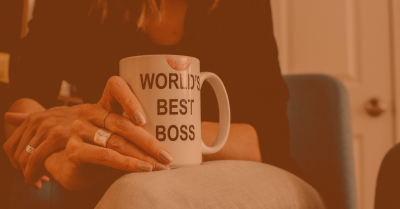In a push to stop the spread of health misinformation, YouTube has created a new partnership program simply titled YouTube Health, with the mission of making high-quality health information accessible to everyone.
Even though there’s plenty of reliable information available online, BMJ Global Health found that 1 in 4 of the most viewed YouTube COVID-19 videos contained misleading information. Meanwhile, content from reputable sources like peer-reviewed health journals, the World Health Organization, and the CDC lacks one important thing: viewers. Why?
- They don’t create videos that are engaging, aesthetically appealing, and relatable to viewers.
This gives bloggers, self-proclaimed health gurus, and anyone more entertaining than the professionals an edge since YouTube’s algorithm is more likely to favor videos that viewers find appealing, leading to an average viewership of 8.2 million views compared to
- Only 0.3 million views for the experts
Enter YouTube Health.
This partner program and feature were previously only available to educational institutions, public health departments, hospitals, and government entities, but YouTube recently opened applications to medical professionals and creators to share their health-related personal stories.
While high-quality video content can feel intimidating for most businesses, healthcare brands like Mass General Brigham, New England Journal of Medicine, and Psych Hub have been quick to adopt a partnership with YouTube Health and create high-quality content on YouTube.
- These three channels have over 65 million views combined
When individuals scour YouTube for health-related content, they are seeking answers; however, it’s the insights stemming from the community that truly resonate with the audience.
“Whether undergoing cancer treatment, coping with addiction, or navigating fertility issues, people are looking for inspiration, strategies, and tips to cope from people who have been through similar experiences,” says YouTube. This includes tips and strategies for clinical education as “YouTube is an important resource for health professionals and medical students, as many experts share content that helps break down and visualize complex concepts,” with over 180,000 health-related videos uploaded in 2021 alone.
Standing out from the crowd seems to be more difficult. So why is YouTube Health such a big deal for healthcare marketers?
- It’s an SEO game-changer
- Health videos receive priority above other videos
- It boosts your brand’s credibility
- It creates stronger brand connections
Channels that receive approval gain a health source information panel confirming their medical credibility, and their videos appear on a carousel at the top of the search feed. This feature doesn’t only apply to credible healthcare professionals, it also applies to credible patient stories.
When searching for information like “How to tell your family you have cancer,” a carousel also appears at the top sharing “Personal Stories” from individuals who have partnered with YouTube. This arrangement prioritizes and amplifies the visibility of these narratives to a broader audience.
To be approved for YouTube Health’s latest features, a channel must meet several requirements, including:
- Must be mostly comprised of medically informative videos
- More than 2,000 valid public watch hours in the last year
- Must follow YouTube monetization policies
- Must follow best practices for health information sharing as defined by CMSS, NAM, and the WHO
- Must demonstrate alignment with NAM Principles
YouTube Health can be a useful tool for increasing awareness, improving your reputation, boosting your SEO, and driving information and thought leadership for your brand and its experts. Need help fitting YouTube into your healthcare organization’s growth strategy? Send us a message!



